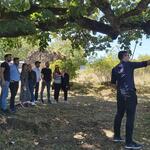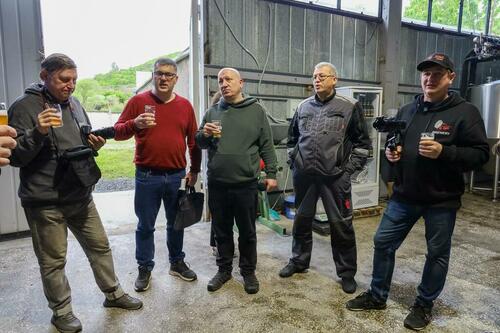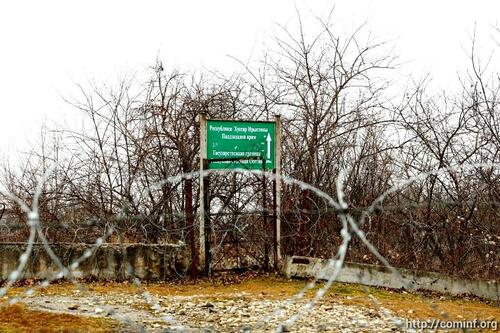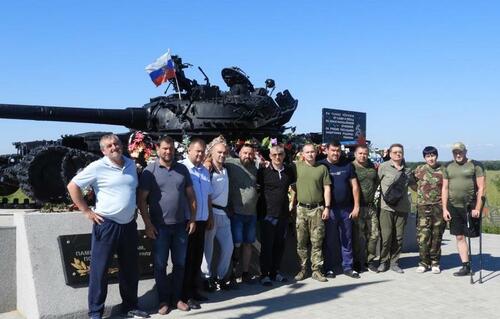Participants of the Alan Trail ethnic camp in South Ossetia visited a cemetery in the courtyard of the school number 5 and the Museum of Burned Souls to honor the memory of the heroes who gave their lives for us to live under a peaceful sky.
"As part of a trip to South Ossetia, they took part in the mourning events dedicated to the August events of 2008. And, as they said," we can’t leave without being in fifth school, "the press service of the committee of youth policy. sports and tourism reports.
Sixteen-year-old Kamila Amirova from Tajikistan shared her impressions: “We worry and grieve about what happened in South Ossetia, we are all one nation and we don’t share your pain and your losses on our own and others. We are glad that peace is finally in Ossetia " Kamila’s grandmother is Ossetian Zoya Magkoyeva from Chikola. Affectionately she calls her Nanashka.
The delegation also visited the picturesque village of Znaur district - Dzhagina. There they were met by villagers: Elder Okri Gagiev, Shota Dzagoev and Tariel Totoev. Okri Ilyich worked all his life as a history teacher at the local school. He told young people about the history of the Palace complex, watchtowers, an old church and the legendary tree, which, according to experts, is more than 800 years old.
Our compatriots listened with great interest to the oldest villager. Previously, the village was numerous, there were many young people, children. Everyone lived here together and worked. On summer evenings, the villagers gathered under a centuries-old linden tree - they were talking, treated each other, shared news and interesting stories.
The participants of the ethnic camp also visited the village of Znaur. And having returned to Tskhinval, they visited the Republican National Museum. Most of all they were impressed by the paintings of Maharbek Tuganov and ancient national musical instruments: the twelve-string harp, accordion and others.
The participants of the second shift of the ethnic camp are ethnic Ossetians from eight countries of the world: Turkey, Tajikistan, Azerbaijan, Germany, France, Kazakhstan, Syria and the Netherlands.
Many of them perfectly speak their native Ossetian language. Uruzmag Gusaty was born in Turkey, his father and grandfather were also born there. But, despite this, they retained their native language. “But the children don’t speak Ossetian anymore,” Uruzmag told us regretfully.
The twin brothers Aslan and Soslan Goloev from Kazakhstan are fluent in Ossetian and Russian and spoke exclusively Ossetian with us.
“We often come to the northern part of Ossetia, now, we will also come to the South. We have been met so cordially that we feel as at home,” Aslan Goloyev said.
The participants of the Alan Trail ethnic camp also held a master class on making Ossetian dolls under the guidance of Inga Tskhovrebova. It aroused particular interest among the girls.
The ethnic camp "The Alan`s trail" is held since 2015. The purpose of the event is to tell the Ossetians living outside their historical homeland about the history, culture and life of their people, as well as to draw public attention to the historical and cultural heritage of the Alans.
















